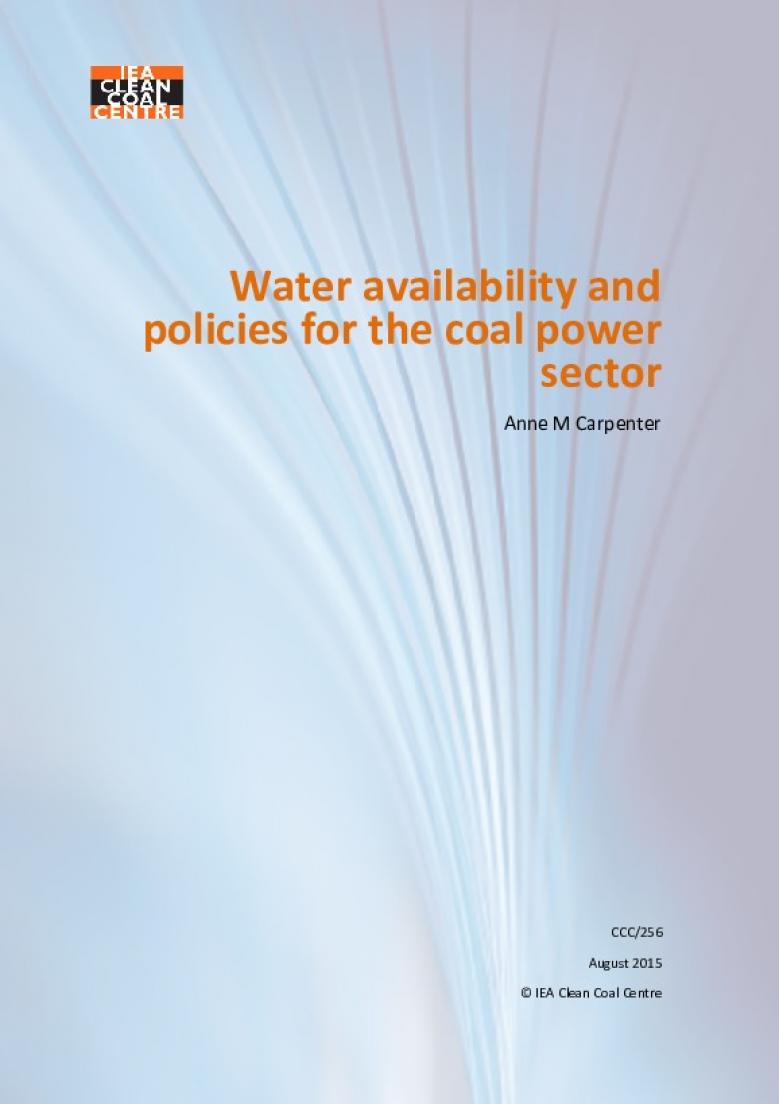Abstract
Global energy demand is rising primarily as a result of population and economic growth in the emerging economies. Meeting this growing demand will place increasing stress on limited fresh water resources with repercussions for other users in the agricultural, industrial and domestic sectors. Climate change could exacerbate the situation as water and climate cycles are inextricably linked. Multiple strategies are therefore required across all sectors in order to meet the increasing demand for energy, whilst managing water resources more efficiently and sustainably. This report examines the availability of fresh water for power generation, particularly for coal-fired power plants. The report begins by looking at where water stress is occurring in the world today, before discussing global water demands of the agricultural, industrial and municipal sectors. Typical withdrawal and consumption of water for power generation is then considered and compared. Four countries where there are regional concerns about water shortages (namely China, India, South Africa and the USA) are examined in more detail. These are the four top thermal coal consuming countries in the world. Each country chapter examines the availability and consumption of water within the country, and central government energy, climate and water policies and how they affect the coal-fired power generation sector. Historically, countries have developed their energy and water policies separately, without considering the implications for each other – such as the effect of energy policy on water usage and the energy requirements of the water policy. Energy planners often assume that adequate water resources will be available, whilst water planners similarly assume that energy supplies will not be a constraint. If one of these assumptions fails, then consequences could be disastrous.
| Attachment | Size |
|---|---|
| 8.68 MB |


